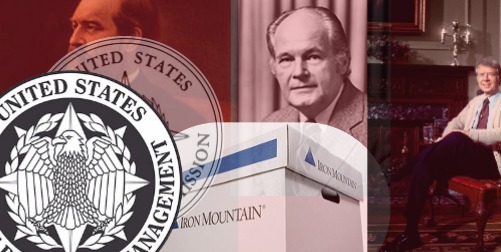A brief history and glance at the Office of Personnel Management
Somewhat as a response to the Nixon presidency’s Watergate scandal, the Civil Service Reform Act (CSRA) of 1978 created the agency known as OPM. The legislation had the biggest impact on the US Government’s administrative mechanisms since the US Civil Service Commission (CSS) was formed in 1883, following President Garfield’s assassination. The CSRA of 1978 split the duties of the old commission and established three separate offices to handle them: OPM, the Merit Systems Protection Board (MSPB), and the Federal Labor Relations Authority (FLRA). In 1996, the investigative department of OPM was privatized, which formed the US Inspection Service (USIS) although OPM ended their contract in 2014.
The current director of OPM is Dale Cabaniss, who was nominated by the President for a four-year term. Previously, she was a chairman of the FLRA. The first director in 1978 was Alan Campbell, who had been the last chairman of the CSS when it dissolved.
OPM’s headquarters is in DC, but Boyers, PA is where their Iron Mountain sits.
In 2017, the agency employed over 5,000 people.
Until Next Time,

**Written by Benjamin Derge, Financial Planner. The information has been obtained from sources considered reliable but we do not guarantee that the foregoing material is accurate or complete. Any opinions are those of Benjamin Derge and not necessarily those of RJFS or Raymond James. Links are being provided for information purposes only. Expressions of opinion are as of this date and are subject to change without notice. Raymond James is not affiliated with and does not endorse, authorize, or sponsor any of the listed websites or their respective sponsors.

History of the Office of Personnel Management
